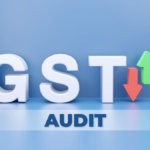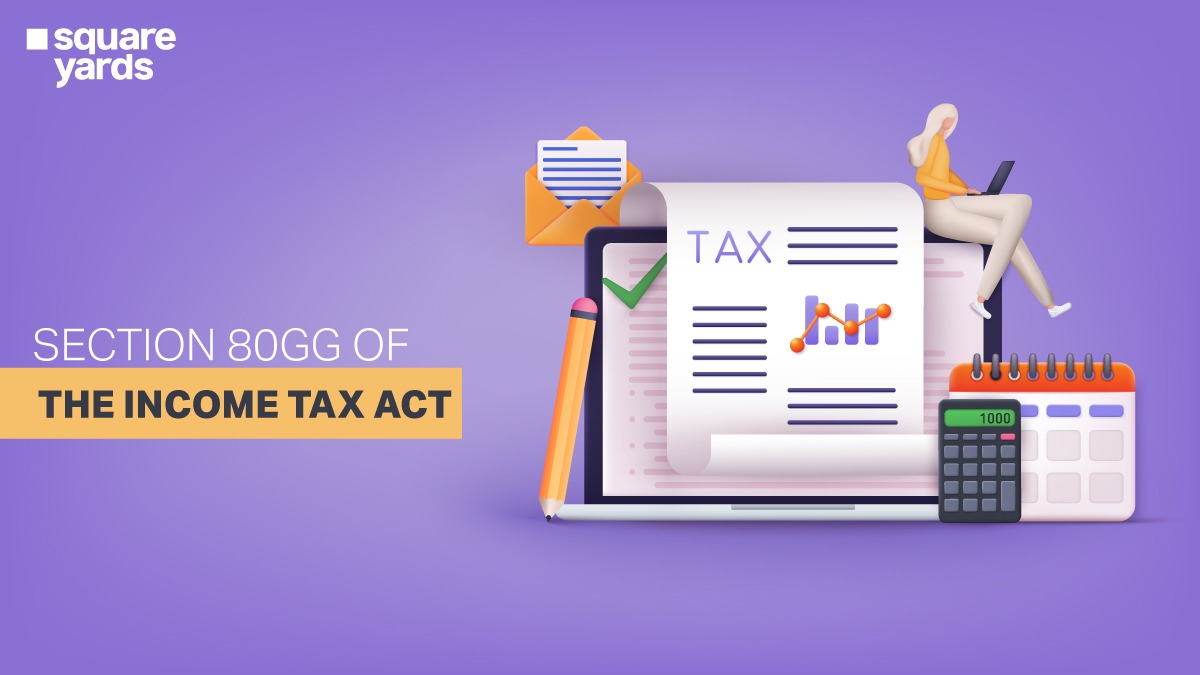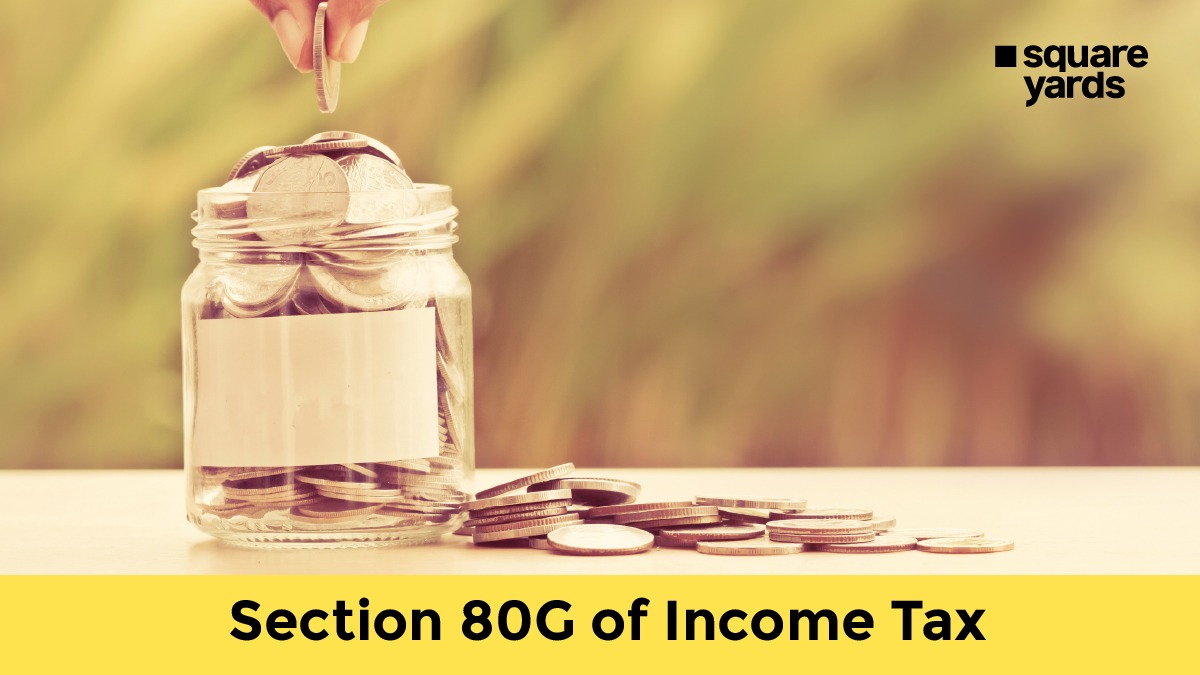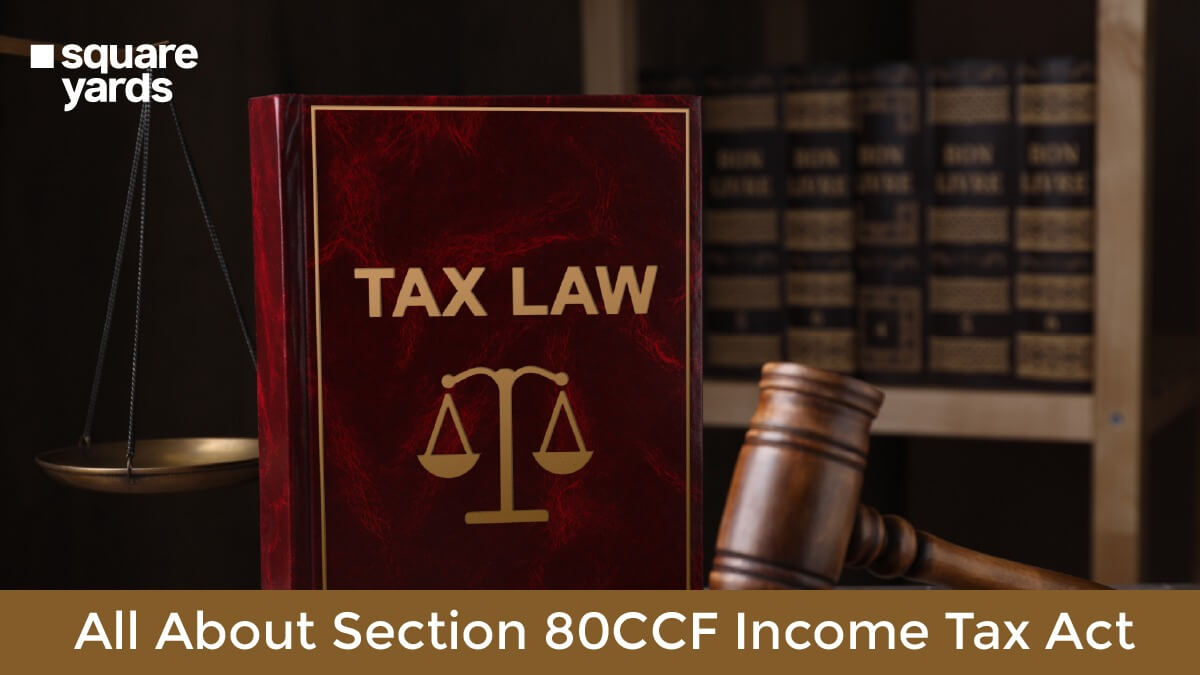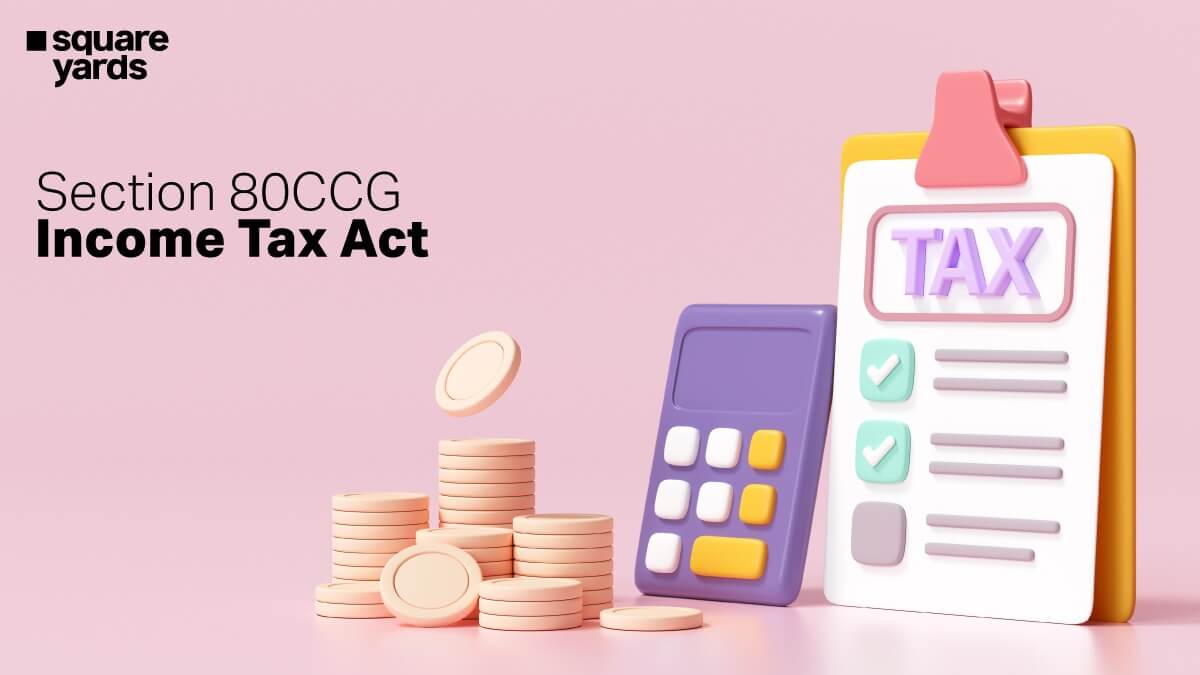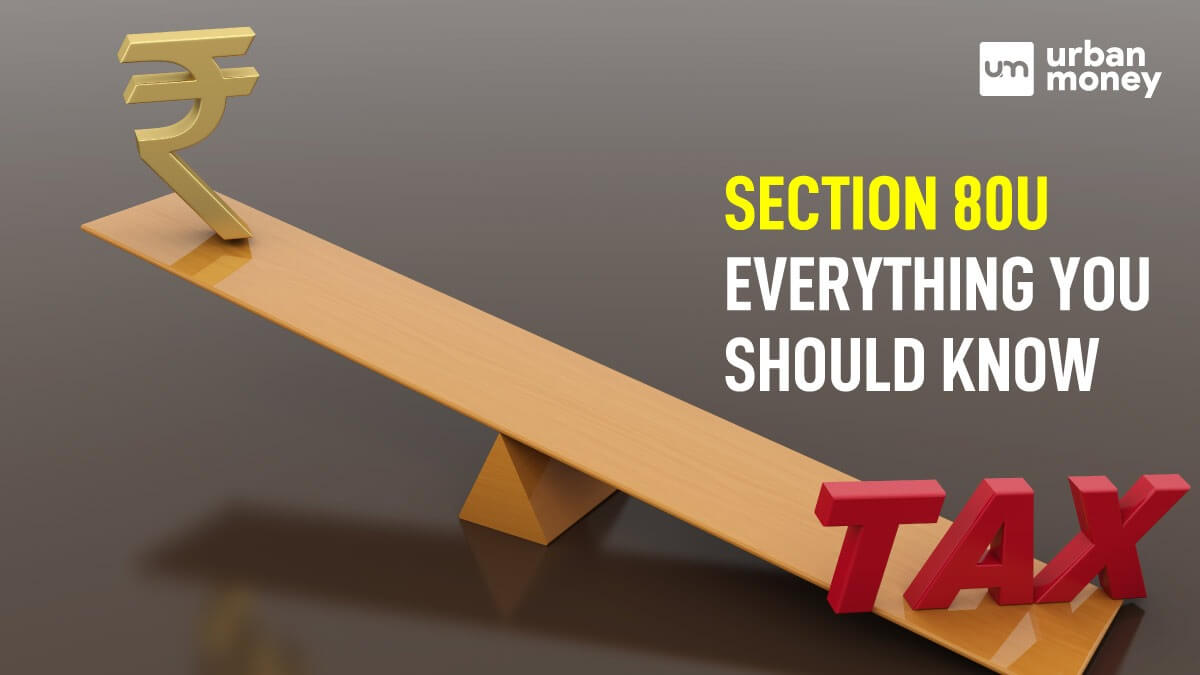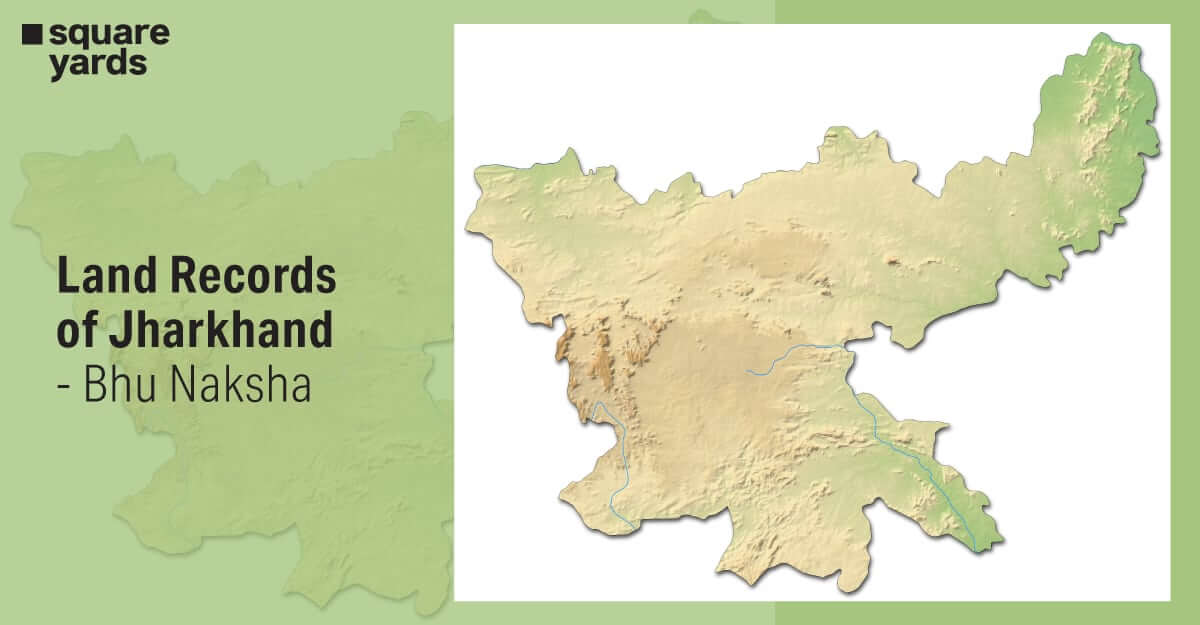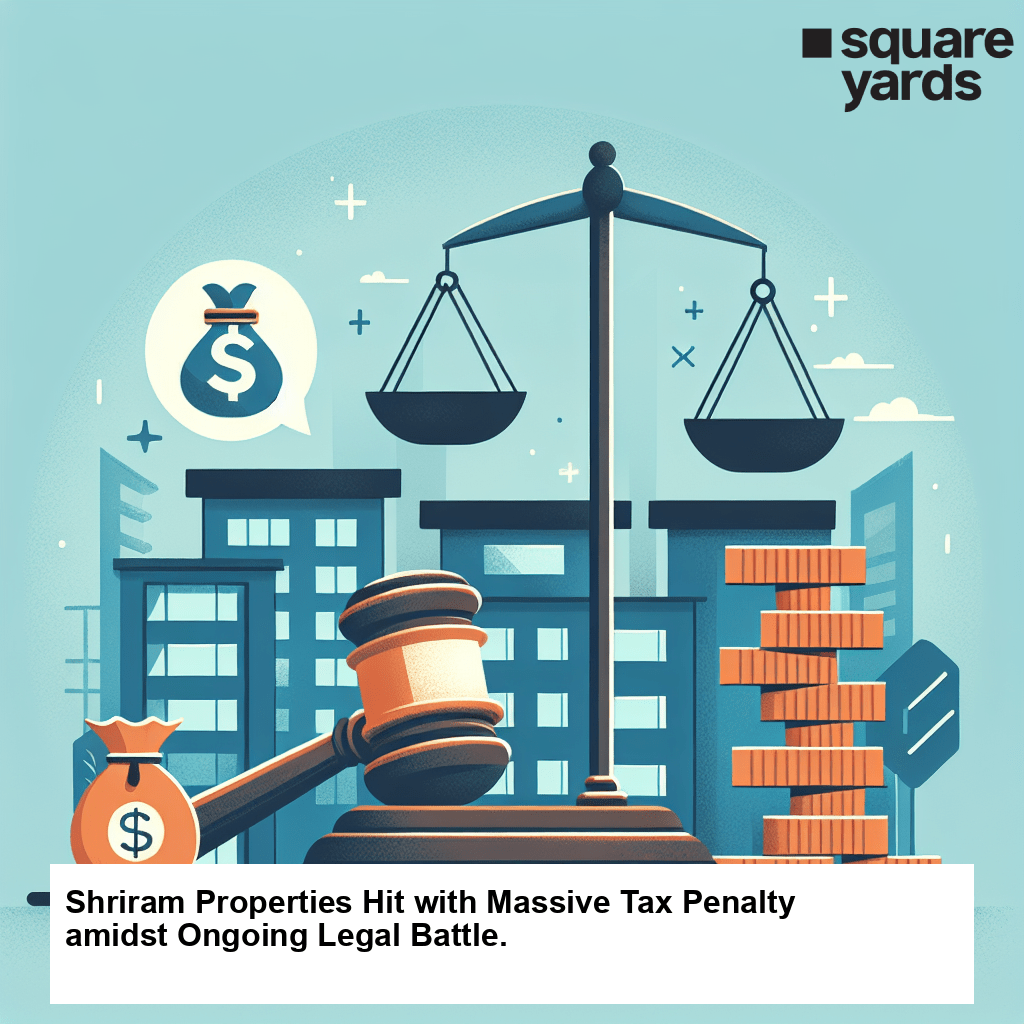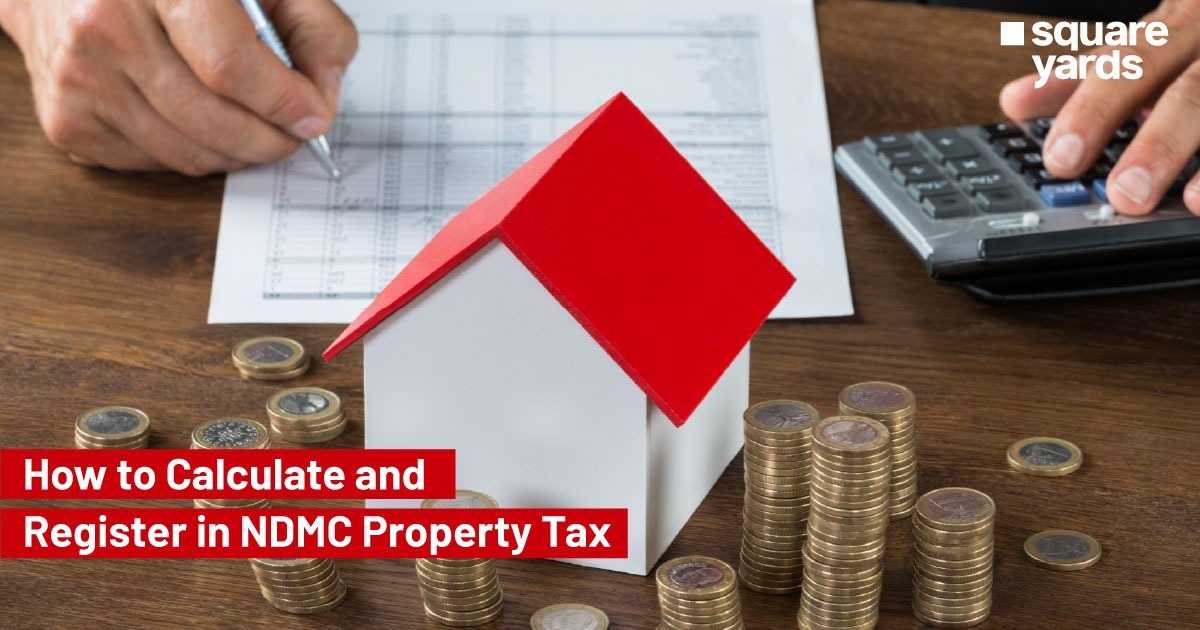By the law of The Constitution Act, 2016, a nationwide GST came into force. The Goods and Services Tax (GST) is levied on all goods and services produced in India. A GST compensation cess is imposed under section 8 of the said act. The GST compensation is levied on the inter-state and intra-state supply of goods and services and is aimed to provide compensation to the State for a loss of revenue due to the imposition of GST in the country.
The implementation of the Goods and Services tax was made possible as states have relinquished almost all their local authority to levy indirect taxes and agreed to allow any applicable taxes to be included in the GST. This blog aims to take an in-depth look into understanding GST compensation and all the related factors.
How are the Borrowing Options Meant to Work?
Stating that they are not obligated to cover any GST deficit and that the GST Council must propose a solution, the Union government has invited states to borrow directly from the market by issuing debt obligations through a dedicated coordination mechanism. The centre also claims that out of a projected deficit of about Rs 2.35 lakh crore, only Rs 97,000 crores is a deficit associated with the introduction of the GST, with the remainder of Rs 1.38 lakh crores attributable to the “natural disaster” (COVID19) pandemic) regardless of the introduction of a new indirect taxation regime.
Thus, Option 1 assumes that states sell debt securities on the market for a profit of Rs 97,000. The center will “endeavour” to retain the interest expense on these loans “equal or close” to the GSec (government bonds issued by the Indian government) and, if the cost is higher, will pay the difference through the grant. This additional debt of the States should not be counted as part of the debt of the State for total debt. And repayment of principal and interest on these loans will be made from the Compensation Fund by extending the bad debt period to 2022.
With Option 2, states could sell debt in the marketplace to increase their overall deficit to 2.35 lakh crores, but loan terms were much less favourable. The interest costs will be borne by them, and only the principal amount will be managed by the Compensation Fund.
The meaning of GST Compensation Cess
The termination of the payment of compensation was introduced as a measure of protection for states in connection with the loss of income due to a tax on goods and services. Rather than waiving the right to levy taxes on goods and services after local taxes were replaced under the GST, states were given a guaranteed 14% increase in tax revenue in the first five years after the central government introduced a tax on goods and services. The collection of government taxes from the fiscal year 2016 serves as the base year for calculating this 14 % increase. The centre uses a certain amount of fundraising as compensation and this is the GST compensation act.
What are the Goods Covered Under GST Compensation Cess?
Compensation cess applies to products that are considered “sin” or luxury goods. The cess is calculated on the value of the transaction, i.e., the price at which the item is being sold. The tax must be applied with GST taxes- CGST + SGST for domestic shipments and IGST for interstate shipments. The goods and their GST compensation cess rates under the GST Act, 2017 are as follows:
|
Goods Category |
GST Compensation Cess Rates |
| Unmanufactured Tobacco-including lime tube |
65% |
| Unmanufactured Tobacco-excluding lime tube |
71% |
| Branded Tobacco Refuse |
61% |
| Cigars and Cheroots |
21% or 4710/thousand (the higher one applies) |
| Cigarillos |
21% or 4710/thousand (the higher one applies) |
| Cigarettes that contain tobacco (length not exceeding 65mm) |
5% + 2076/thousand |
| Cigarettes that contain tobacco (exceeding 65mm but not 75mm) |
5% + 3668/thousand |
| Cigarettes using tobacco substitutes |
Rs. 4006/ thousand |
| Branded hookah or gutka tobacco |
72% |
| Chewing tobacco-excluding lime tube |
160% |
| Chewing tobacco-including lime tube |
142% |
| Pan masala (gutkha) containing tobacco |
204% |
| All goods containing guthka (excluding pan masala), with brand name |
96% |
| All goods containing guthka (excluding pan masala), without brand name |
89% |
| Solid fuels, coal |
400/tonne |
| Aerated Waters |
12% |
| Motor vehicles for transport of not more than 13 people |
15% |
| Motor vehicles not including ambulances, 3-wheelers, and vehicles of engine capacity not more than 1200 cc and length not more than 4000 mm |
15% |
| LPG, Petrol, CNG driven vehicles engine capacity not more than 1200 cc and length not exceeding 4000 mm |
1% |
| Motor vehicles using diesel of engine capacity not exceeding 1500 cc and length not exceeding 4000mm |
3% |
| Motor vehicles of engine capacity of less than 1500cc |
17% |
| Motor vehicles of engine capacity of more than 1500cc (not including vehicles specified in S. No 52 B |
20% |
| Motor vehicles of engine capacity of more than 1500cc |
22% |
Who is responsible for collecting GST Compensation Cess?
All participants involved in the supply of selected goods or services that are not exporters and gross contributors will be charged a countervailing fee, including a clearing fee for certain goods imported into India. In the case of compensation, cess is paid on exports; the exporter can demand a refund.
Procedure to divide The Compensation Cess to States
The GST compensation to states is calculated as mentioned below:
- Base Income = State Tax Income for Fiscal Year 2016-17
- Assuming a growth rate of 14% and calculating the expected sales revenue for each fiscal year.
Projected income would be the State’s income if the goods and services tax were not introduced. This calculation is for five years as the discontinuation of compensation is expected to take effect during a five-year transition period.
- Calculate the payable compensation for each fiscal year as follows:
(Revenue projected for the particular financial year – Actual Revenue earned by the State) = compensation payable to the State
An intermediate calculation shows that an amount is delivered to states every two months. If any, the surplus in the Compensation Fund at the end of the transition period will be allocated to the centre and the states using an accurate formula.
Ways to Obtain Funds for Dividing Compensation Cess
There are currently no compensation payments for the last quarter of the fiscal year 2019-20 due to the growing deficit of the compensation fund due to the economic downturn caused by the global pandemic. The centre has the following possibilities to fill this gap:
- Altering of the compensation cess method
- Expansion in the rate of the composition cess
- Borrowing the funds from the market
YOU MAY ALSO LIKE
| GST Returns | What is GST? | Types of GST | GST Registration | |
| GST Invoice | Input Tax Credit | Impact Of GST | GST Rates |
Frequently Asked Questions (FAQs)
What is the GST compensation fund?
Compensation cess applied under section 8 of the GST (Compensation for States) Act 2017 is transferred to the Inaction Fund known as the GST Compensation Fund, part of India’s government accounts as specified in Section 10 (1) the Act. States are compensated for any loss of income resulting from the introduction of the GST within five years from the Compensation Fund as per section 10 (2) of the Act. States paid GST compensation for 2017-18, 2018-19, and 2019-20.
What is the GST compensation cess fund? What is its significance?
India Consolidation Fund or GST compensation cess fund is an account that includes income received by the government in the form of taxes or non-tax Income and expenses incurred from the fund, except for exceptional items. As stated by the Goods and Services Tax Act, revenue from the collection of fees for the entire year is credited to a non-transferable fund called the GST Compensation Cess Fund, which is part of the Government Account and is used to compensate the states in the case of loss of revenue. Upon discovering the CAG, the centre explained that it had returned the funds to the compensation fund and paid all fees until 2019-20
What is compensation cess under GST?
The 2017 Goods and Services Tax (Compensation of states) sets the GST compensation cess, the purpose of which is to compensate states for the revenue losses incurred because of the introduction of the GST on July 1, 2017, for five years or as recommended by the GST Council. The GST, which is a consumption-based tax, will result in a decrease in revenue for high-productivity states.













